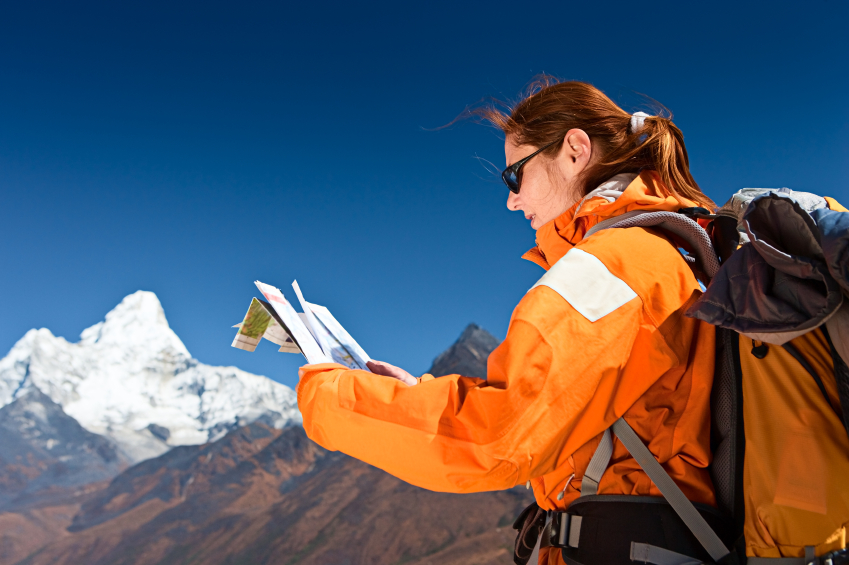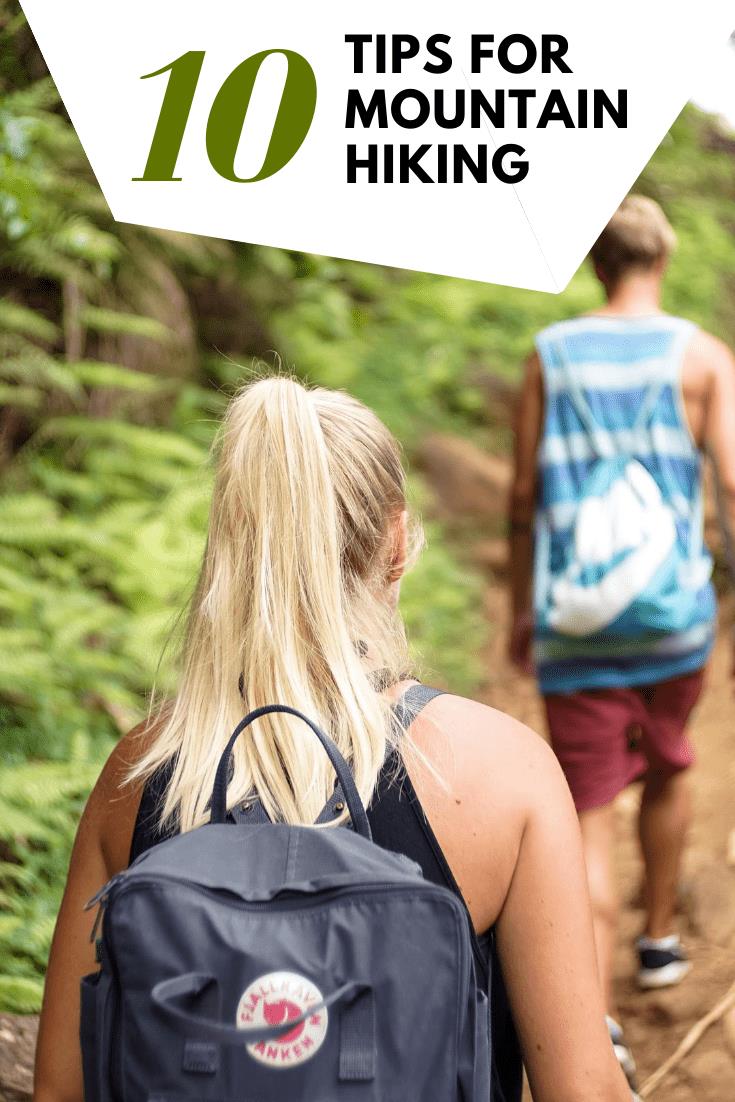The Top 10 Tips for Mountain Hiking
0 View
Share this Video
- Publish Date:
- December 23, 2022
- Category:
- HOW TO -
- Video License
- Standard License
- Imported From:
- Youtube
Tags
Sponsored Area
TODAY'S ADVENTURE
The Top 10 Tips for Mountain HikingTrekking is a sport that has become more and more popular among travelers in the past few years. This is especially true in some Latin American countries, where the industry has developed amazing leaps. There are options for everyone, the most popular ones are around the Andes.
Whether you’re hiking to the top of Long Peaks Mountain while visiting Colorado vacation rentals, climbing Mount Everest in the Himalayans, or walking along the short Inca Trail on Machu Picchu in the Andes, there are some general safety rules to be aware of when trekking through the mountains.
Related Read: 14 Essential Hiking Tips for Beginners
Tips for Mountain Hiking
1. Drink lots of water
Whenever you exert yourself at a high altitude, there is a risk of becoming dehydrated, so be sure to bring lots with you. Remember that even though the spring water may look clear and enticing it could be filled with bacteria and parasites, if you’re going to be out for long bring along a filter or iodine tablets to purify the water before you consume it.
2. Be aware of the air
As you climb higher, air can get thinner, putting you at risk for altitude sickness.
If you experience an intensifying of any of the following symptoms, you should descend immediately:
• A headache (often the first warning sign) • Sleep disturbances • Shortness of breath • Loss of appetite • Nausea • Fatigue • Dizziness
This occurs when your body has difficulty adjusting to the sudden changes in altitude. It can occur as low as 2,000 meters (6,500 feet) and can start any time within 72 hours of the change in elevation, with symptoms tending to worsen at night. It is a potentially fatal illness as it causes fluid to build in your lungs and puts pressure on the brain, so it is important to take any symptoms seriously.
Before embarking on a trip over 6,500 feet, you should speak to your doctor. There are certain medications that can be taken beforehand to reduce the risk of symptoms. Though, the best way to prevent experiencing altitude sickness is to ascend high altitudes slowly.
3. Acclimatize Slowly
The time it takes to acclimatize properly is different for everyone, but here are some tips to get you started:
• Avoid flying directly at high altitudes. Instead, begin your journey at or below 10,000 feet and gradually work your way up the mountain. • A rule of thumb to remember is every time you climb 3,000 feet, you should spend two nights at the same elevation. • During your trek, ensure sure your diet contains lots of carbs • Stay away from consuming alcohol • As mentioned above, keep hydrated
4. Prepare for Diverse Weather Conditions
During summer run the risk of afternoon thunderstorms, and you don’t want to get caught on a barren peak. Start the hike early. If you happen to be above treeline during a storm, crouch down or look for shelter, but be careful to stay away from small cave entrances and overhangs. And during the winter, there is an even higher risk of avalanches, especially after a fresh snowfall. It is advised to take an avalanche safety course before heading out to the backcountry.
5. Take an Emergency Kit
Always bring along an emergency kit that includes items such as a compass, map, string, iodine tablets, a space blanket, whistle, duct tape, and of course, matches.
6. Dress Appropriately
The weather can be hot and sunny when you start off and then quickly change to a blustery snowstorm, so it’s best to dress in layers and wear appropriate hiking shoes or boots. Make sure you have at least one waterproof layer, as well as a fleece top, gloves, and hat. It’s also good to bring along sunglasses to protect your eyes as UV rays are stronger when reflected off snow in higher elevations.

7. Tell a Friend
Before leaving on your mountain journey, it’s important to let a friend or family member know where you’re going and when you expect to return. If there is no one for you to leave these details with there are places you can leave this information, like the Voluntary Safety Registration at the Canadian Rocky Mountain National Park’s visitor center. Note that if you do this, you must also register when you return.
8. Don’t Go Swimming
Beware of swimming in mountain lakes and streams—even the ones that seem harmless. Due to their cold temperatures, hypothermia is a real possibility.
9. Know Where You’re Going
It might not be as interesting, but choosing to hike clearly marked trails is more fun than getting lost out there. If you are experienced enough to navigate the less-traveled trails, it’s always a good idea to map out your route ahead of time.

10. Respect Wildlife
Mountain peaks around the world are known for their amazing opportunities to view wildlife in their own settings—the Himalayas for instance, are known for sightings of tigers, elephants, and Tibetan blue bears whereas the Colorado Rockies are home to grizzlies, cougars, and elk.
To ensure your safety, travel in groups, make noise while you’re hiking so as not to catch any animal unaware and if you do spot an animal be sure to keep a safe distance away, no matter how tempted you are to take a photo.
Guest Post from Luxury Retreats
About Laura Pellerine: An active traveler and adventure seeker, Laura is a part-time travel blogger for Luxury Retreats, a company specializing in both beach and ski rentals.
Enjoyed this post? Pin it!
The post The Top 10 Tips for Mountain Hiking appeared first on Travel Experta - Travel, Lifestyle, Freedom.
-
By: Marina 'Travel Experta'
Title: The Top 10 Tips for Mountain Hiking
Sourced From: travelexperta.com/10-tips-safe-mountain-travels/
Published Date: Wed, 21 Dec 2022 12:00:30 +0000
Did you miss our previous article...
https://onebagtravel.club/how-to/cafe-du-monde-riverwalk-new-orleans-our-second-home-in-nola











